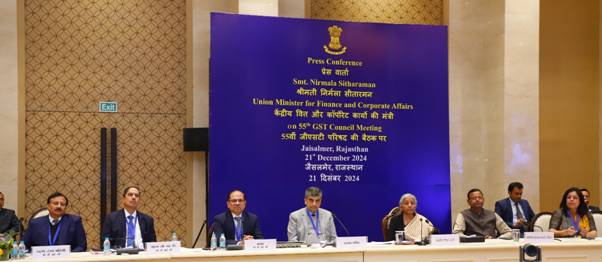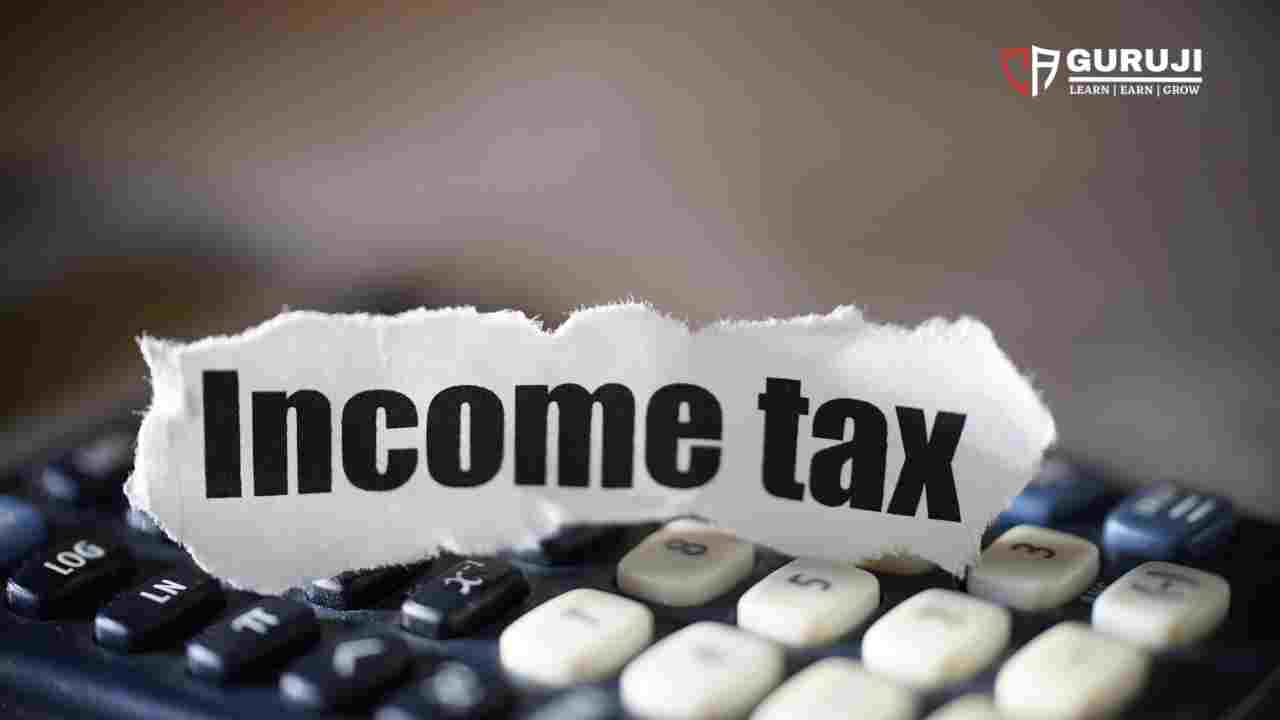The move is aimed at further simplifying the laws governing direct taxes and aligning these more with the global norms, the sources said.
The Narendra Modi government, if voted back to power, will implement the long-delayed Direct Taxes Code (DTC) on a priority basis, official sources said, adding that discussions were already underway in the finance ministry in this regard. Initiation of the law-making process has been included as part of the agenda for the Modi 3.0 government after directions from the prime minister, the sources said, requesting anonymity.
The move is aimed at further simplifying the laws governing direct taxes and aligning these more with the global norms, the sources said. The draft prepared by a task force in 2019 would form the basis for the revamp.
A recast of the capital gains tax regime, and removing several irritants in the implementation of the tax deducted at source, are among the key proposals being discussed.
DTC was originally proposed by the UPA I government, a draft Bill was put up in August 2009 and it was tabled in Parliament in 2010. The Bill, after review by the Standing Committee, was then revised twice – in 2012 and 2014, but lapsed with the dissolution of the 15th Lok Sabha. The Modi 1.0 and 2.0 governments have taken a number of steps towards easing compliance, reducing exemptions, making tax rates benign, including the September 2019 slashing of the corporate income tax rate to 22%, which more or less aligned the effective tax rate with not just the Southeast Asian countries, but also with the US and the UK. However, there are several pending reforms, including in domain of taxation of capital gains, and simplification of the tax law provisions
The DTC should now simplify rules, rationalise tax rates for capital gains, tax deducted at source (TDS), strengthen alternative dispute resolution mechanisms and streamline personal income tax regimes, experts said. “The main task of DTC should be simplification. Some of the sections of the Income Tax Act 1961 have become unrecognisable due to so many amendments in the last 50-60 years,” said Experts
One area that would require attention is how the exemption-free personal income tax, introduced in FY20, and buttressed in FY24, would align with the task force report, which proposed a different slabs structure and reliefs for those earning up to Rs 55 lakh/annum.
“As far as corporate tax is concerned, exemptions are being removed, and almost all have migrated to the new scheme. So, for individuals, what should be done is to ensure that 100% of the taxpayers embrace the new scheme,” Experts said
However, most proposals in the earlier DTC drafts have already been implemented by way of the annual amendments to the I-T Acts carried out in recent years. Apart form the cut in corporate tax rates, some instances are the introduction of General Anti-Avoidance Rules (GAAR) provisions, taxation of indirect transfers, and scrapping of tax on dividend distribution tax.
The exercise is part of Modi’s unconventional directions to all ministries and departments to start work on an action plan for the first 100 days of the Modi 3.0 government. The revamping of direct taxes would align with the economic needs of the country in the current scenario to make India a developed nation by 2047, the sources added.
The task force appointed by the Modi government in its report recommended radical changes which include rationalisation of personal income tax rates, and stability in the tax system, without annual changes in rates. The committee also proposed ways to reduce disputes around the residence versus source rule of taxation, removal of ambiguities around the definition of the term “income”, which have been areas of litigation for decades.
“Taking cues from the recommendations of the task force, DTC could unveil a progressive tax regime with an expectation to reinvent a simple, fair, conducive and enforceable tax law,” Experts said. “With extended digital frontiers, the proposed new legislation could possibly witness material elements around territorial nexus and source-based taxation having regard to the rapidly changing economic environment,” experts said.
Analysts are of the view that the DTC should simplify the capital gains tax regime to align the tax rates and holding period across asset classes.
Currently, the long-term capital gains tax (LTCG) is more benign on listed shares, while other types of assets, including real estate, attract the tax at higher rates, so the taxpayers have to hold these for longer periods to escape the higher short-term taxes. The holding period for long-term capital gains tax is more than 12 months for listed shares/debt securities, while it is more than 24 months for unlisted shares and real estate, and 36 months for debt mutual funds and securities.
“Over the years, the capital gains taxation regime in India has become complicated with various buckets, periods, different tax rates and indexation benefits,” Experts said
Similarly, the tax deduction at source (TDS) regime has become very unwieldy. Currently, there are 33 sections dealing with 36 different types of payments to residents where TDS rates vary from 0.1% to 30%. In some sections, there are varying rates of TDS within the same section depending upon status of payees/nature of payments.
With the government able to digitally track transactions on a 360-degree basis, the TDS rates should be modest with three slabs, ie, salary at normal slab rates, lotteries and horse race winnings at 30% and all other payments at 2%, Kapadia said. This will benefit the assesses, whose working capital will not suffer while the government would save on huge interest paid at 6% per annum along with tax refunds each year, Experts added.
In 2019-20, direct tax refunds of more than Rs 1.7 trillion were issued with an interest payment of a burden of an additional Rs 23,000 crore. Income tax refunds grew 12.7% on year to about Rs 3.4 trillion between April 1, 2023, and March 17, 2024, reflecting a higher interest burden for the government and higher blockage of working capital for the businesses due to high TDS rates.
Visit www.cagurujiclasses.com for practical courses











